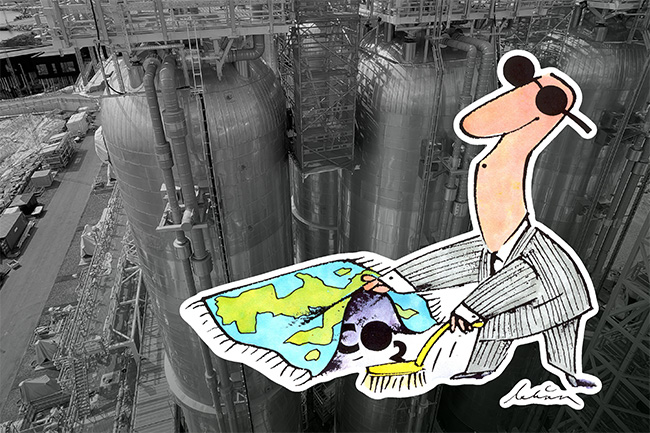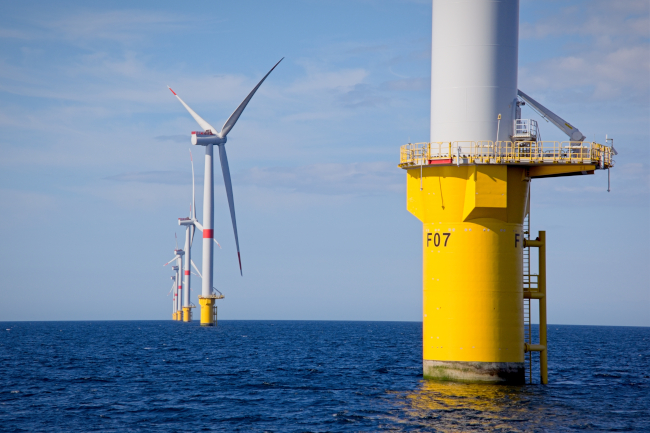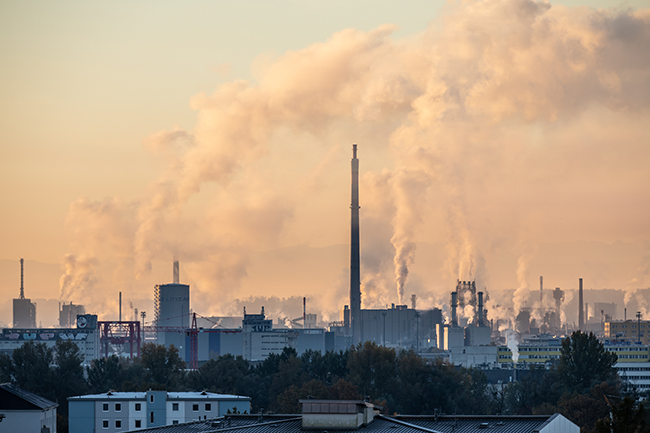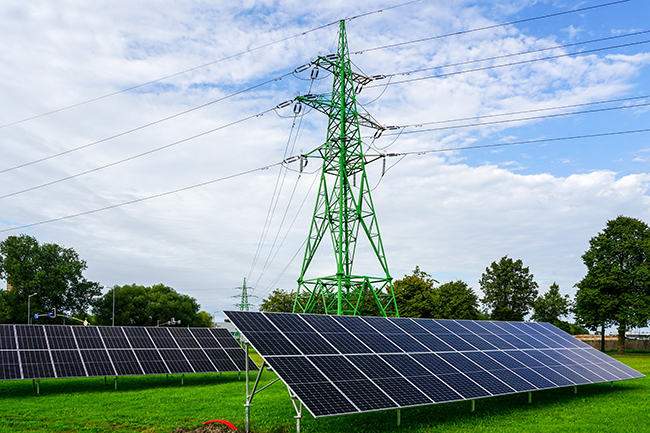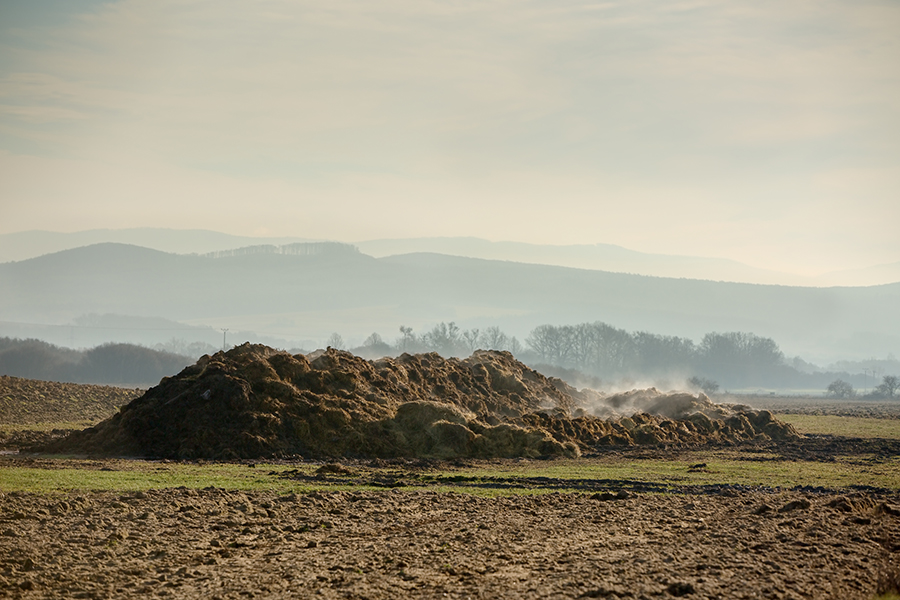At the last climate summit (COP29) which took place in November 2024 in Baku, Azerbaijan, countries both welcomed and rejected the conclusions related to climate finance.
In fact, countries partially adopted the recommendations of the Independent High-level Expert Group on Climate Finance landmark report, but missed the ball on a number of important elements of the report.
In Baku, countries agreed on a two-step approach, in line with the proposal from the High-level Expert Group:
- an overarching goal for all countries to mobilise $1.3 trillion by 2035 for developing countries, from various sources, for which Brazil and Azerbaijan have been tasked to develop a plan on how to achieve this target (the “Baku to Belém Roadmap to 1.3 trillion”); and
- a specific goal for developed countries to mobilise $300 billion by 2035, from public and private sources, both bilateral and multilateral, and including voluntary contributions from developing countries.
The above clearly was inspired by the climate finance staircase that the High-Level Expert Group proposed, but it mixed up the definitions of the different elements of the staircase. In fact, the High-Level Group proposed a minimum contribution from bilateral and multilateral public sources of $320 to $400 billion, but this number excluded both private finance and contributions from developing countries (both of which are included in the $300 billion agreed in Baku). Because the Baku conclusions mixed up public and private sources, it is unclear what the difference is and will be between the $300 and the $1,300 commitments.
It is vital that developed countries substantially increase their grants (not loans) to developing countries to support climate action. However, reactions to the Baku outcome by developed countries have been rather disappointing, with many countries skipping their part of the commitments, pointing to other countries or to political decisions at home to reduce rather than expand their development aid.

Source: https://unclimatesummit.org/the-cop29-finance-staircase



